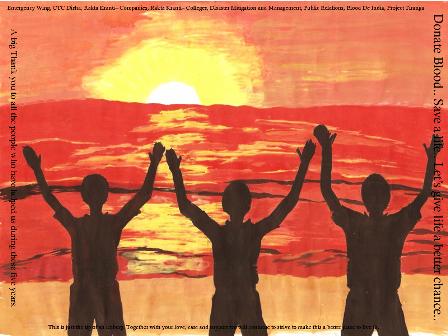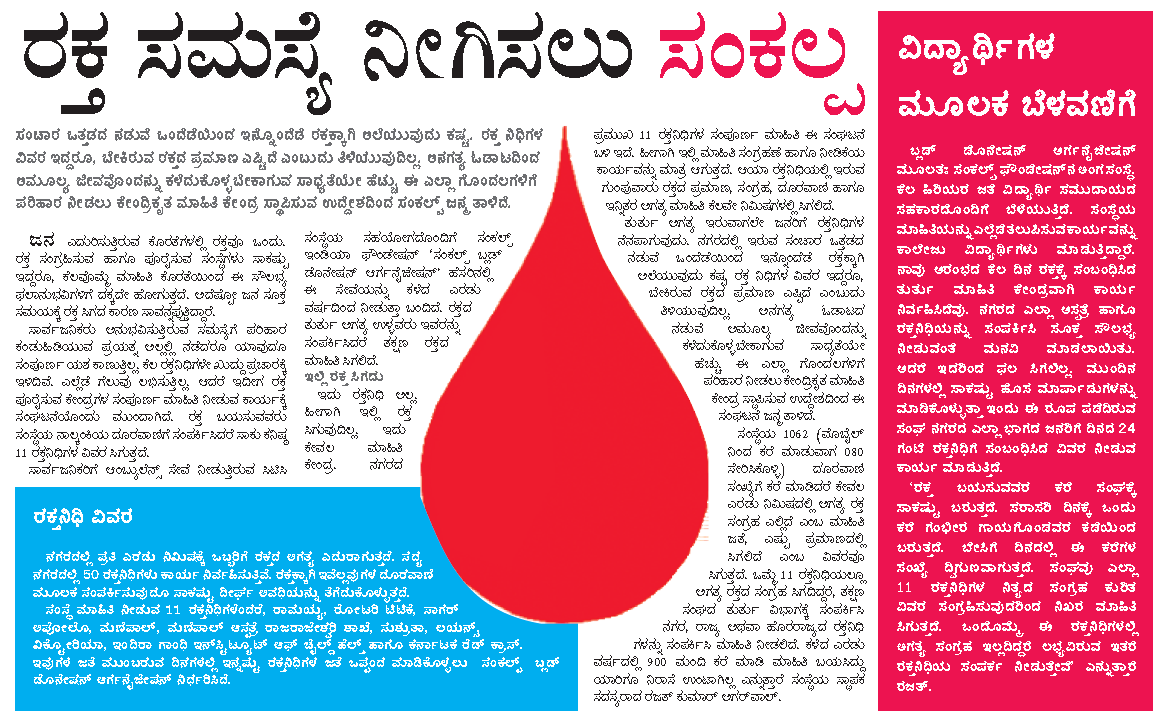 Pangong Tso is a lake situated far away in barren land in Ladakh. This lake is known for its calm, clear and unending expanse. It is the one of biggest lake in Asia. Its area falls under both India and China. One third of it is in India and remaining in China. It is 130 km long and 7 km wide. It is located on the Changtang plateau in eastern Ladakh, around 140 km South-east of Leh, at an altitude of over 14000 feet. Pangong Tso is also known as hollow lake. It is clear symbol of natures craftsmanship. Its brackish water plays with sun light to produce different colour effect. This area falls under army control and requires pass from deputy commissioner of LehTo reach this lake one has to travel 30 km down the Manali-leh highway to reach karu. From where the road splits, one goes to Manali and one 113 km long to Pangong tso.
Pangong Tso is a lake situated far away in barren land in Ladakh. This lake is known for its calm, clear and unending expanse. It is the one of biggest lake in Asia. Its area falls under both India and China. One third of it is in India and remaining in China. It is 130 km long and 7 km wide. It is located on the Changtang plateau in eastern Ladakh, around 140 km South-east of Leh, at an altitude of over 14000 feet. Pangong Tso is also known as hollow lake. It is clear symbol of natures craftsmanship. Its brackish water plays with sun light to produce different colour effect. This area falls under army control and requires pass from deputy commissioner of LehTo reach this lake one has to travel 30 km down the Manali-leh highway to reach karu. From where the road splits, one goes to Manali and one 113 km long to Pangong tso.
 On a relaxed summer afternoon, as people were bidding good bye to each other hoping for a restful weekend ahead, there has a quite a buzz in one small part of MSRIT. Some colourful posters on the walls stood out welcoming the viewers to the fifth anniversary celebration of Sankalp.
On a relaxed summer afternoon, as people were bidding good bye to each other hoping for a restful weekend ahead, there has a quite a buzz in one small part of MSRIT. Some colourful posters on the walls stood out welcoming the viewers to the fifth anniversary celebration of Sankalp.
 Pangong Tso is a lake situated far away in barren land in Ladakh. This lake is known for its calm, clear and unending expanse. It is the one of biggest lake in Asia. Its area falls under both India and China. One third of it is in India and remaining in China. It is 130 km long and 7 km wide. It is located on the Changtang plateau in eastern Ladakh, around 140 km South-east of Leh, at an altitude of over 14000 feet. Pangong Tso is also known as hollow lake. It is clear symbol of natures craftsmanship. Its brackish water plays with sun light to produce different colour effect. This area falls under army control and requires pass from deputy commissioner of LehTo reach this lake one has to travel 30 km down the Manali-leh highway to reach karu. From where the road splits, one goes to Manali and one 113 km long to Pangong tso.
Pangong Tso is a lake situated far away in barren land in Ladakh. This lake is known for its calm, clear and unending expanse. It is the one of biggest lake in Asia. Its area falls under both India and China. One third of it is in India and remaining in China. It is 130 km long and 7 km wide. It is located on the Changtang plateau in eastern Ladakh, around 140 km South-east of Leh, at an altitude of over 14000 feet. Pangong Tso is also known as hollow lake. It is clear symbol of natures craftsmanship. Its brackish water plays with sun light to produce different colour effect. This area falls under army control and requires pass from deputy commissioner of LehTo reach this lake one has to travel 30 km down the Manali-leh highway to reach karu. From where the road splits, one goes to Manali and one 113 km long to Pangong tso. India is undertaking one of its most challenging railway projects ever by building a line to connect the state of Jammu and Kashmir with the Himalayan foothills. Far from being an ordinary scheme, the 290 km route crosses major earthquake zones, and is subjected to extreme temperatures of cold and heat, as well as inhospitable terrain.The Kashmir Railway has been under construction since 1994 by various railway companies in India. They have been engaged in building one of the most spectacular railway lines in the world. When completed this line will link the city of Jammu in the Northern plains of India with city of Srinagar in the Himalayan Valleys and beyond. ..This project has had a long and chequered history but as of 2006 serious progress is being made after it was declared a National Priority Project in 2001.
India is undertaking one of its most challenging railway projects ever by building a line to connect the state of Jammu and Kashmir with the Himalayan foothills. Far from being an ordinary scheme, the 290 km route crosses major earthquake zones, and is subjected to extreme temperatures of cold and heat, as well as inhospitable terrain.The Kashmir Railway has been under construction since 1994 by various railway companies in India. They have been engaged in building one of the most spectacular railway lines in the world. When completed this line will link the city of Jammu in the Northern plains of India with city of Srinagar in the Himalayan Valleys and beyond. ..This project has had a long and chequered history but as of 2006 serious progress is being made after it was declared a National Priority Project in 2001.